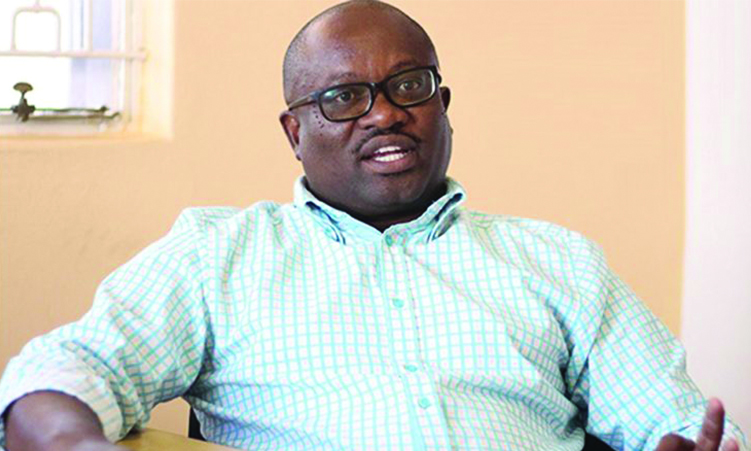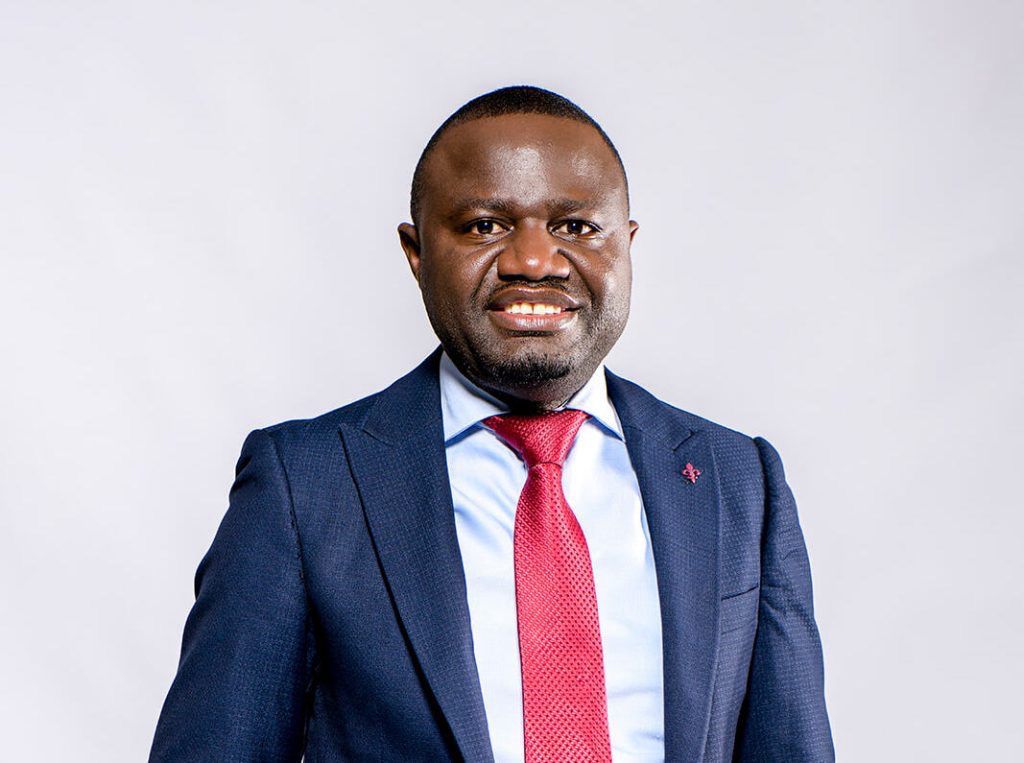Apartheid was built on creating a divide between the included and the excluded. Namibia’s transition to democracy was therefore accompanied by optimism that income poverty and inequality would be eliminated.
We believed the impoverished and unemployed underclass would be enfranchised, that a pro-poor and pro-growth government would be elected, and that public policies and private practices would be deracialised and detribalised in favour of all-inclusive economic growth.
Against this background, the Decentralisation Enabling Act 33 of 2000 raised our expectations that the treasury would gradually increase funding for capital projects at regional and local level.
However, to our shock, the Capital Projects Budget 2023 appears to depict passive ‘sanctions’ against regional councils and local authorities not directly under Swapo.
After the 2020 regional council and local authority elections in the Hardap and //Kharas regions, there was a significant change in the understanding and definition of development.
It marked a departure from Swapo’s patronage system that saw the Landless People’s Movement (LPM) receive a strong mandate to govern.
This led to a transformation in the structure of regional and local government.
COMPARISONS
A cursory analysis of the Capital Projects Budget 2023 shows an allocation of N$297,2 million under the massive land servicing programme, for example.
Of this, local authorities under LPM administration in the Hardap and //Kharas regions were allocated the following meagre amounts: Mariental, N$1,4 million; Gibeon, N$3 000; Kalkrand, N$9 000; Stampriet, N$2,4 million; Gochas, N$946 000; Aranos, N$1,1 million; Maltahöhe, N$9 000; and Hoachanas, N$946 000.
In //Kharas, Keetmanshoop was allocated N$9 000; Koës, N$6 000; and Karasburg, N$35 000.
Compare this to some other local authorities of almost the same size and population: Okahao received N$15 million; Okalongo, N$16,7 million; Oshikuku, N$10,8 million; Katima Mulilo, N$8 million; Ondangwa, N$4 million; Omuthiya, N$3 million; Tsumeb, N$20 million; Helao Nafidi, N$2,67 million; Omungwelume, N$2,5 million and Ongenga, N$1,7 million.
It is saddening that local authorities of a similar size and population received different allocations notwithstanding claims of different phases of project implementation over a certain period of time.
The 2011 Namibia Statistics Agency census put the population of Okahao at 17 548; Okalongo at 30 609; and Oshikuku at 9 093.
In comparison, Keetmanshoop had a population of 20 977; Karasburg, 4 401; Koës, 2 000; and Mariental, 35 653.
Their budgetary provisions are contrasting and contradictory.
CONSIDERATIONS
The gross inequity in resource allocation is a mockery of democracy.
Where the LPM governs, financing for bulk municipal services tends to be drastically reduced, while Swapo-administered areas receive larger allocations.
Of N$20 million budgeted for developing sanitation infrastructure in rural areas, the Hardap region was allocated N$1,156 million, and //Kharas, N$962 000.
It is incomprehensible given that these regions are endowed with abundant natural resources, a thriving agriculture, and a pristine tourism environment.
In addition, fishing and marine resources contribute significantly to Namibia’s tax base and GDP.
The financing for local authorities appears to be influenced by political considerations.
There are numerous examples in Africa of ruling elites utilising the unequal distribution of resources in areas where they do not enjoy political capital.
As a result, capital projects and infrastructure development in rural areas are often stifled, and sometimes used as a tactic to manipulate people during elections.
CONCLUSIONS
The LPM is aware it inherited regional councils and local authorities that face their own capacity challenges, and have to address past inequities while facing new demands.
Our efforts to simultaneously address poverty, inequality, unemployment, urban land crises, and housing serve as a useful stimulus for reflecting on more sustainable human settlement pathways in core urban areas and peripheries.
As the philosopher Antonio Gramsci famously said, “change happens within the limits of the possible, and those limits were more constricting than the rhetoric of the day conveyed”.
For Namibia to enhance its economic prospects, it must take more deliberate steps to maintain and build its infrastructure in rural areas.
Failure to do so could lead to us finding ourselves entrapped in the belly of the beast of socio-economic disparities and inequalities.
It is time for the United Nations to issue early warning signals on the direction of Namibia.
.
- Henny H Seibeb is deputy leader and chief strategist of the Landless People’s Movement, and a member of parliament
Stay informed with The Namibian – your source for credible journalism. Get in-depth reporting and opinions for
only N$85 a month. Invest in journalism, invest in democracy –
Subscribe Now!






